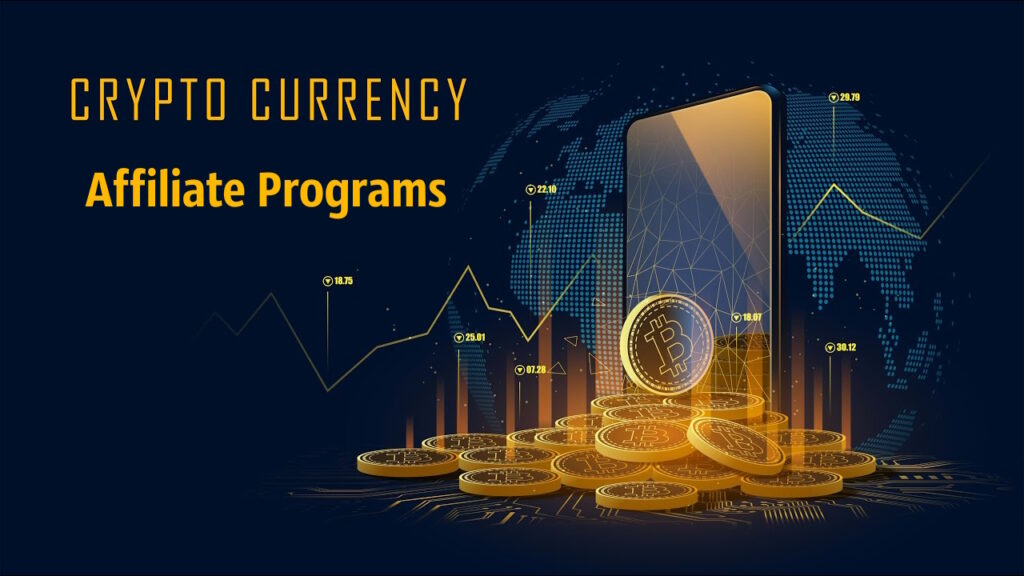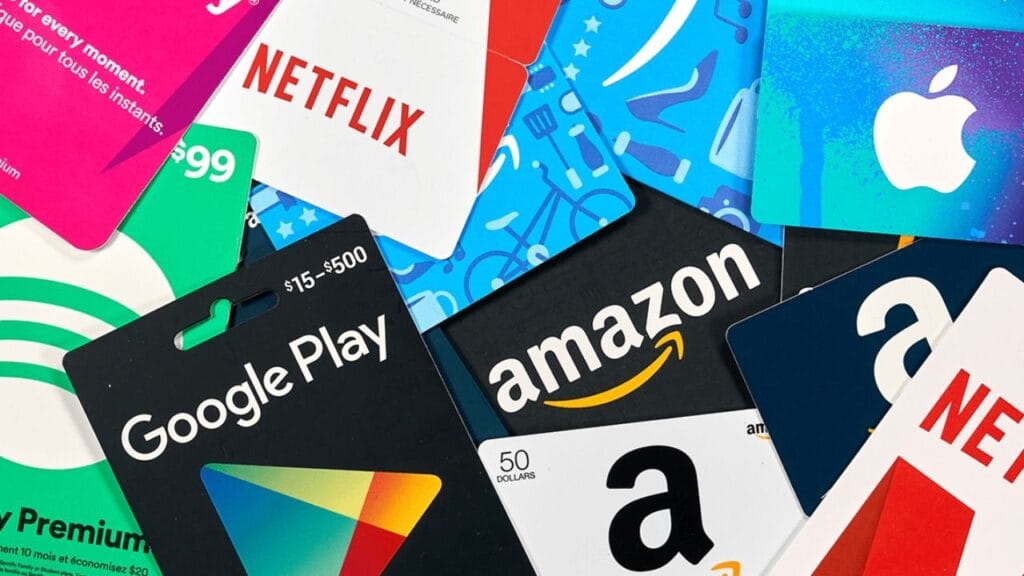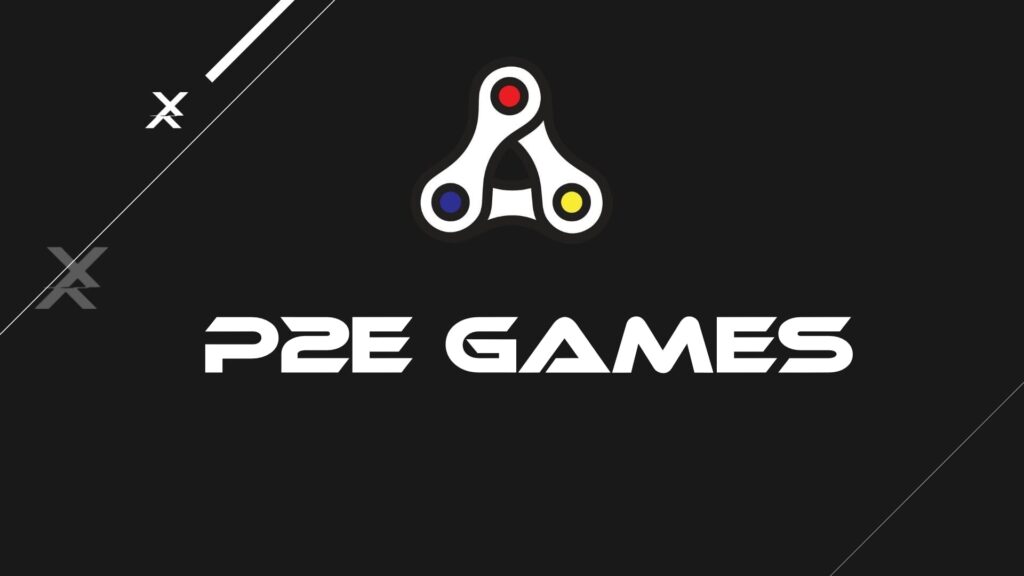Hey there, fellow Money Makers! If you’re into affiliate marketing or just like to explore trending ways to make money online that will be relevant in the near future you’ve probably heard the buzz around Play-to-Earn (P2E) blockchain games. I’m in the process of developing my own app and know the reality of the situation, and I’ll tell you that this niche is exploding – and not just for gamers!
The gaming world is being seriously revamped by Play-to-Earn (P2E) games, and it’s changing the way we think about fun and profit. It’s not just about blowing up aliens or leveling up characters – it’s about making real money through cryptocurrencies, NFTs, and more while playing. I’ve seen this trend grow insanely fast, with experts predicting it will reach $2.8 billion in the next 3-5 years. Big players like Binance are already getting in on the act, with their CEO Changpeng Zhao announcing partnerships with leading game developers. This is a clear sign that GameFi is just around the corner!
Simply put, P2Es and WEB3 are games where you earn rewards – cryptocurrency or unique NFTs – that can be cashed in or exchanged. This turns the game into a side income, and I love how it opens the door for people like us to make money online.
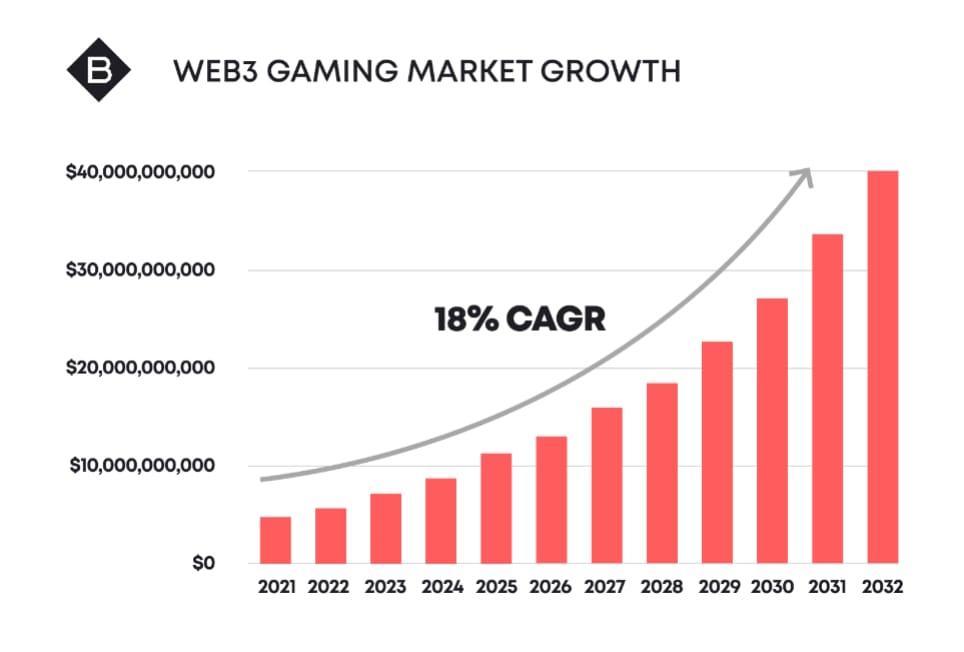
It’s a goldmine for developers, players, and even brands looking to embark on the path of blockchain technology. I’ve been studying this trend and today I’m going to share how to create your own P2E blockchain game, what benefits it offers and how it can increase your income or become a new real business. Stay with me and let’s dive into the world of blockchain together!
How P2E Blockchain Games Work
P2E games combine epic gameplay with the magic of blockchain, allowing you to earn rewards just by playing. You can get crypto coins, vouchers, or rare NFTs by completing quests or leveling up. And the best part? You own these riches and can sell or trade them in the game’s ecosystem.
The secret sauce here is blockchain: it creates a transparent, secure playground where you control your in-game assets. Gamers are excited about this technology because it allows them to turn their skills and time into real money. Most P2E blockchain games rely on NFTs (those one-of-a-kind digital items) and smart contracts to run the show. NFTs allow you to get cool stuff like characters or gear, and smart contracts keep the rules fair and airtight. Not bad, right?
Why P2E Gaming is a Total Win-Win
P2E isn’t just fun, it’s a win for players, developers, and businesses alike. Here’s why I’m excited about it:
For players:
- More freedom: You’re not just playing – you’re building your own path
- Real rewards: Cashing in cryptocurrency or NFT after winning the game
- Community feelings: Team up to solve challenges and feel the camaraderie
- Secure transactions: Blockchain keeps your transactions secure
For developers (that’s you!):
- Fresh cash flow: New ways to profit from your blockchain game
- Eager audience: A ready crowd of players waiting to dive into your game
- Innovation Zone: Experiment with cutting edge ideas
- Dynamic fun: Keep your gameplay fresh and exciting
For business:
- Brand reinforcement: Get your name out in the open
- Partnership potential: Team up with other projects or companies
- Raise money: Generate new revenue streams
- Grow the ecosystem: Help shape the future of play centers
- Sticky players: Keep users coming back again and again
With blockchain, you will flip the script of traditional gaming. Imagine your favorite game where along with epic quests, you accumulate cryptocurrency or rare items that you can upgrade and sell later. It’s a cycle – earn tokens, level up, cash out – and it’s addictively rewarding!
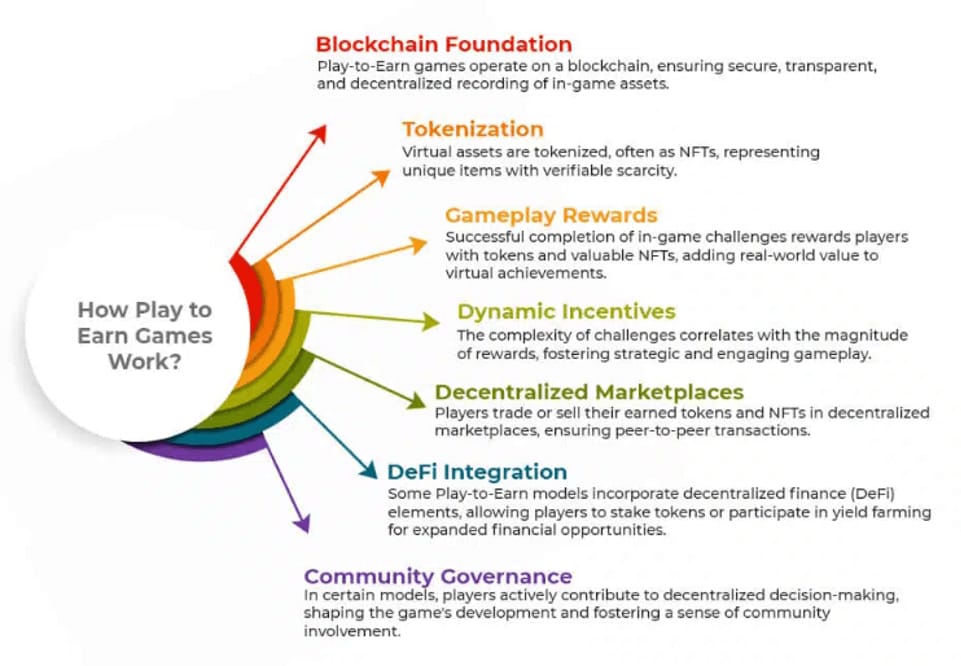
Step by Step: Creating Your Own P2E Game
Creating a P2E blockchain games takes careful planning, but it’s doable with the right steps. I’ve broken it down into steps to help you create a hit that will be long-lasting and pay off for you and your players.
1. Brainstorm your big idea
Start with a killer concept! Get the creative juices flowing – think about unique themes, fun mechanics, and rewards that will keep players interested. I like to look at successful games like Axie Infinity for inspiration and then add my own twists. A strong, fresh idea creates the foundation for an outstanding game.
2. Develop gameplay
Once you have a concept, it’s time to bring it to life. Create a game design document (GDD) that spells out every nuance: characters, features, game mechanics, and how you’ll make money. Then decorate it with awesome 3D models, beautiful textures, animations and a killer soundtrack. Believe me, it makes the game simply awesome!
3. Choose the right engine
Choose a game engine that matches your vision and skills. Be it Unity or Unreal, choose something that has a smooth interface and high performance. This will ensure that your game runs like a dream for players around the world.
4. Connect the blockchain
This is where the magic happens! Blockchain integration provides secure asset ownership and fast transactions. Choose a platform (like Ethereum or Binance Smart Chain) that fits your game’s needs and create smart contracts to handle in-game rules. It’s a game changer – literally!
5. Balance the economy
For long-term success, tackle the in-game economy. Think through the reward system, set asset values, and control token generation to avoid inflation or deflation. I’ve seen games like Hamster Kombat succeed by keeping rewards interesting yet sustainable – take note!
6. Build the logic of the game
Develop the storyline and multiplayer features. Establish clear rules for player interaction to make the P2E model smooth and engaging. Adding cooperative or competitive modes can greatly enhance the enjoyment of the game.
7. Test like crazy
Test everything before launch – bugs, glitches, balance issues. Do alpha and beta tests with groups of players to get feedback. I always make changes based on player feedback to make the blockchain game faster and more fun.
8. Launch and publicity
Set a launch date and start the marketing blitz! Leverage social media, gaming communities and forums to create hype. Offer “early bird” bonuses to capture the public’s attention. Keep the momentum going with community updates and player feedback.
A winning P2E blockchain game needs bold design, smart economics, and killer marketing – do it right and you’ll be golden!
What’s Important When Developing Blockchain Games
Creating games using the P2E model is characterized by several steps that will help you succeed. For this, experience and high performance are important. The following are the most important points that need attention while developing an NFT game project:
Game Architecture
It should be carefully designed, with easy integration of game elements, blockchain. Developers should have experience not only in programming but also in blockchain. A few components of a typical architecture:
- With a decentralized app, players get a transparent and secure environment. With dApps comes the ability to seamlessly manage in-game assets, funds, tokens, transactions, which enhances the gaming experience. Participants gain access to smart contracts.
- Smart contracts. In NFT games, they act as a settlement for various aspects (token ownership, token distribution, internal transactions). They help to ensure the game logic, transparency and security of all transactions.
- Blockchain ecosystem. Provides the game with certain features and functions. Certain networks give additional scalability and fast transactions. These factors are very important for modern P2E games. Part of the ecosystem focuses on NFT projects, providing marketplaces or storage, etc. The choice depends directly on the mechanics and goal of a particular project.
- Decentralized storage. For example, IPFS or Filecoin are suitable for storing game resources and metadata.
- Decentralized marketplace. With it, people will be able to convert, sell or buy assets, in the form of tokens and NFTs or game items. Such marketplaces are available as an off-the-shelf solution, or can be developed individually for a particular blockchain game.
- Infrastructure and support: When creating a blockchain game you need to make sure that if it becomes popular you won’t lose customers due to long load times or system crashes, so take care of reliable hosting with the ability to scale quickly to accommodate growing loads. I recommend Hostinger – a reliable partner for your projects.
As you can see from the architecture, all points are important and all of them are chosen based on the peculiarities of the game, its mechanics.
Development Team
The equally important part is the experts who can create a Telegram tap app or a unique blockchain game with the P2E model using a variety of technologies, frameworks and tools.
- A game designer is a person of crucial importance. With his forces, an immersive game experience is created, he shapes the core mechanics, story, characters.
- Tokenomics wizard – helps to achieve balance and sustainability of the blockchain game’s economy. He plans in detail the distribution of assets, future income and the utility of game tokens, for example, when creating memcoin. His work will help keep gamification attractive in the long run.
- Smart contract creator – helps integrate blockchain into the game.
- Back-end developer – helps create additional services for the game, indexes events, aggregates them, caches and manages metadata, and performs a number of other tasks such as collecting statistics, leaders, and so on. With this person, the high performance of the entire game is maintained, and there is an opportunity to scale with the growing player base.
- Frontend developer – provides visual and interactive details of the game, creating a pleasant process. With his help, the product is optimized for different platforms. As a result, the project will be accessible to a wide range of players.
- UX\UI designer – his main focus is on the usability of the game, its aesthetics. The designer works with menus, general interface, forming a complete picture to get not only benefits, but also satisfaction from the game process.
P2E games became the impetus for the growth of global gaming communities, capable of uniting players around the world for modern work, trade and competition. This has given rise to new and vibrant ecosystems in P2E gaming, where people don’t just make money playing, they get to know each other, create integrations, and learn from each other.
How to Make Money from P2E Games
As a developer, you can keep your P2E project thriving with these money-making tricks:
- In-game purchases: Allow players to buy additional items, such as power-ups or rare items to level up
- Transaction fees: Charge a small commission on each purchase or sale to maximize revenue
- Tokenomics: Create your own in-game token to trade on exchanges – make it profitable to play and invest
- P2E rewards: Develop a system where players earn by investing time and resources
- Sponsorship: Partner with brands to advertise or integrate content to spread the word
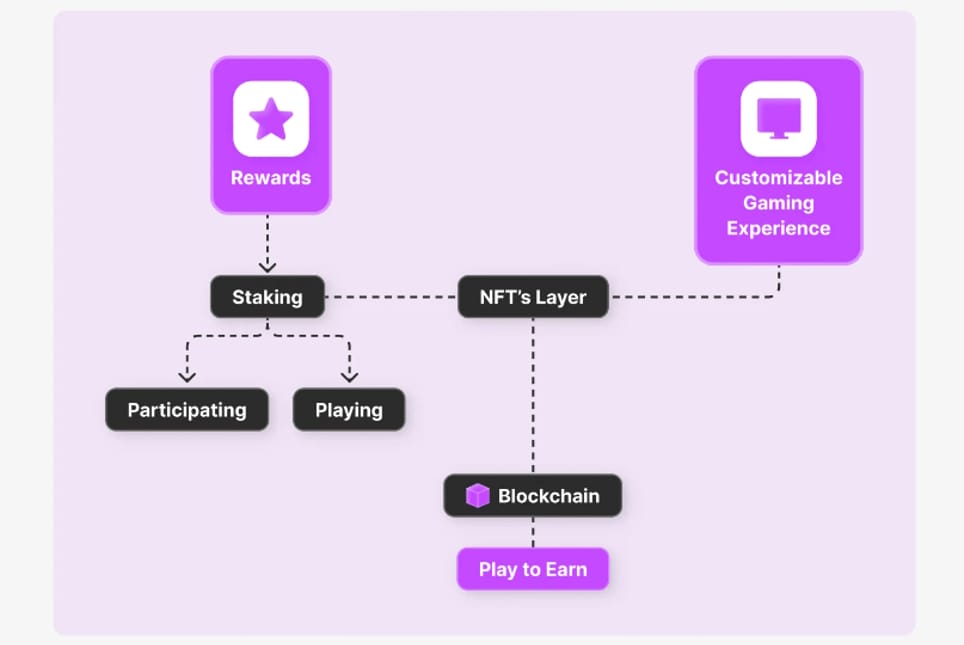
The two big reward systems that developers love are tying earnings to player effort and balancing token trading. A scalable business model allows your game to grow without losing player interest. Set the right balance of rewards to avoid inflation and make everyone happy!
Big Wins in P2E Games
P2E games are successful because they combine fun and profit – and that’s very appealing. But the real secret is to make the gameplay fun while keeping the earning potential high. That’s why they are the best:
- Earn while playing: Complete tasks or win tournaments to accumulate cryptocurrency or NFTs that can be cashed out
- Player involvement: The more you invest, the more you get – competition fuels the fire
- Amazing communities: Join chat rooms to share tips and connect with fellow players
- Blockchain trust: Own your assets in complete security and transparency
- Stable economy: The value created by players keeps the game thriving as demand for items grows
These games are even being released on mobile devices, and developers see huge potential in NFT blockchain games. This is a great investment opportunity for you and your players!
In addition, you can earn money right now by playing: Download games and level up!
Real P2E Success Stories that Will Inspire You
Want proof that P2E works? Let’s take a look at a few blockchain games that succeeded – and what you can learn from them!
- Axie Infinity: This game took the world by allowing players to breed and battle cute Axie creatures using NFT. At the peak of its popularity in 2021, players were earning up to $1,000 a month trading Axies, and the total value of the game exceeded $4 billion dollars. What’s the secret. A strong economy and a strong community. In your game, focus on unique NFTs and a thriving marketplace.
- Sandbox: A virtual world where players create and monetize their creations with LAND (NFTs). In 2022 alone, it earned $144 million dollars through land sales and partnerships. I would suggest adding user-generated content to retain players and attract big brands.
- Hamster Kombat: this Telegram-based tapper game exploded in 2024, with millions of users earning HMSTR tokens. It’s simple but addictive – perfect for mobile devices. Make your game easy to pick up but hard to put down!
These examples show that the combination of engaging gameplay, robust tokenization, and community excitement can turn your P2E idea into a cash cow. Aim for 500-1,000 active players in the first month, and with the right setup, you can generate $10,000+ in revenue!
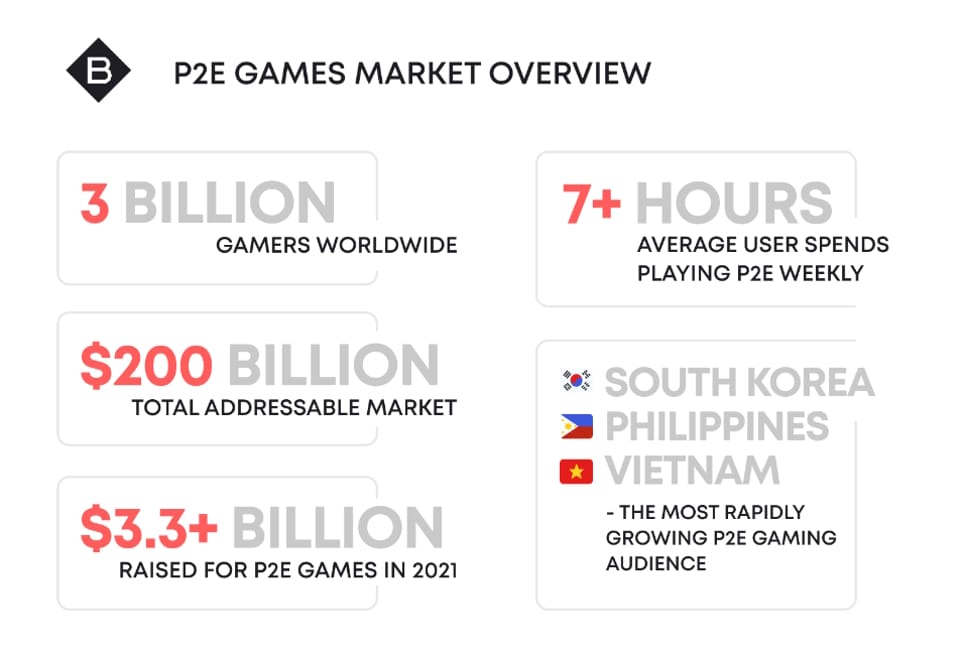
Boost Your Launch With Marketing Magic
Launching your P2E game is just the beginning, you need to get the word out to your players! Here’s how I promote the game to attract players and increase your revenue:
- Social media blitz: Run short videos on Twitter, TikTok, and Discord. I once posted a 30-second video on TikTok titled “How I created my P2E game” and got 5,000 views, 100 registrations, and $50 in pre-launch sales. Use the hashtags #P2Egames and #BlockchainGaming
- Gaming forums: Talk about your game on Reddit’s r/gaming or r/playtoearn forums. One post there got me 300 clicks and 15 early followers, which was worth $75 in token sales
- Speaking to influencers: Partner with micro-influencers (1,000-10,000 followers) in the cryptocurrency or gaming niche. I paid $100 for a YouTube shoutout and got 200 players, which generated $150 in revenue in the first week
- Giveaway hype: Host a pre-launch giveaway of free NFTs or tokens. Offer 50 NFTs to the first 500 registrants – I’ve seen this lead to 1,000 registrations and $200 in early earnings
- Email teasers: Use your list to send pre-signup information. A campaign sent to 500 subscribers with a link to a beta invitation brought in 50 registrations and $25 in pre-sales
To get started, target a marketing budget of $200-$500. If you get 1,000 players in the first month, you could generate $500 to $1250 in revenue – pretty nice, right?
Questions and Answers: Answers to Your P2E Questions
Do you have burning questions? I’ve prepared answers for you based on my experience:
- Do I need coding skills to get started?
Not really!!! You can hire a team or use code-free tools like Unity with ready-made blockchain plugins. I started with a freelancer I found on Fiverr for $500 and created a prototype in 2 months. - How long does it take to create a P2E blockchain game?
A simple game takes 3-6 months, but a complex game like The Sandbox takes over a year. Plan on 4 months and a budget of $20,000-30,000 to get started. - Which blockchain is best for beginners?
Start with Binance Smart Chain – it’s cheap (gas commission is less than $0.01) and beginner-friendly. Ethereum is also suitable, but can be expensive. - How to avoid P2E scams?
Stick to verified smart contracts and transparent commands. I always check project technical descriptions and community reviews before investing time and money. - Can I make money without playing?
Yes! As a developer, you make money from commissions and token sales. One friend made $5,000 dollars in the first month just from in-game purchases!
How Much Does a P2E Blockchain Game Cost?
It is difficult to determine the exact price – it depends on factors such as the depth of the blockchain, the complexity of the game, the quality of the graphics and the maintenance of the infrastructure. It’s also worth considering the additional costs of salaries, marketing, possible office rent and management tools. Costs can range from $10,000-15,000 for a simple game to $150,000 for a blockchain-based game. Plan your budget wisely and you’ll be ready to go!
See you in the mid!


